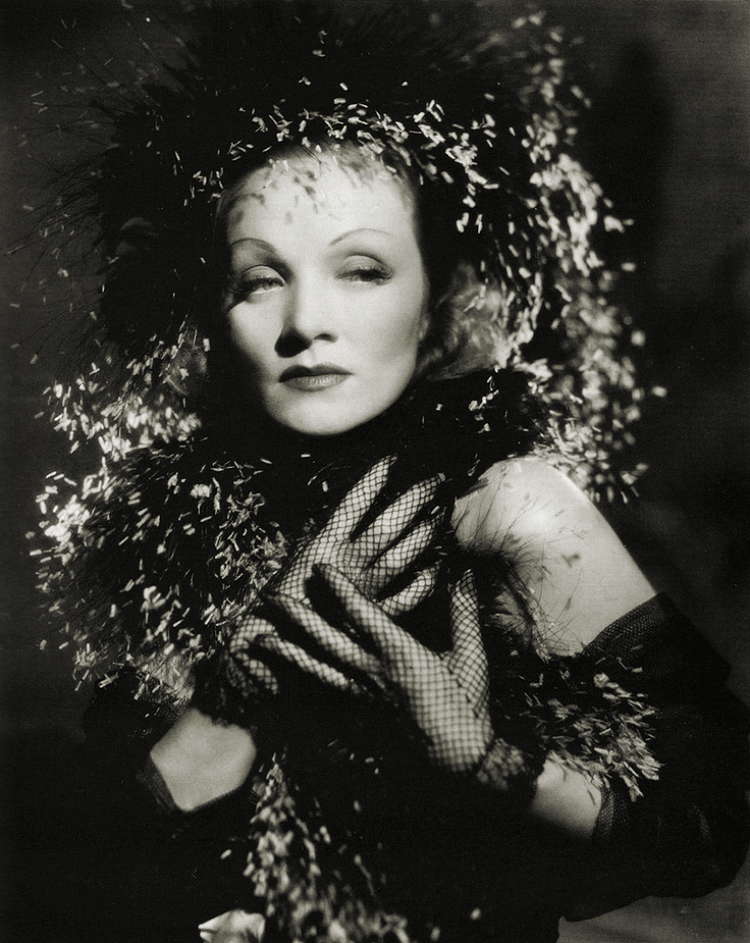 |
| Two Kings of Spain, circa 1640. (There seems to be some confusion, as this painting is often referred to as "Two Kings Of The Visigoths".) |
How many times on this blog have I started off a post by declaring, "Here's another wonderful artist I've never heard of"? For someone who's entirely self-schooled, I have a fairly broad and deep knowledge of art history. And yet I'm still constantly stumbling across artists that are brand new to me. Amazing artists....
 |
| A King of Spain, circa 1640. |
These two beautiful and odd pseudo-portraits - so freshly painted, so modern in their directness and verisimilitude - formed part of a series on the Castilian-Leonese
dynasty, painted by various
artists, and designed to decorate the king's bedroom or the
Sala de las Furias
of the
Alcázar of Madrid. The series was distributed between the
Dormitorio and the
Salón de las Comedias or the
Sala Dorada between 1639-1641. The Italian painter Vincenzo Carducci (known in Spain as
Vicente Carducho) designed a programme so that the other pictures of the
series conformed to his model, but nothing is now known of the
genealogical plan. The group of painters employed on the series were:
Félix Castello, Jusepe
Leonardo, Antonio Arias, Francisco Camilo, Francisco Fernandez, Pedro
Núñez and Francisco Rizi; they were joined by Alonso Cano, who was a
newcomer to Madrid at the time. Cano's paintings were transferred at
some point to a passage that connected the palace with the adjacent
Real Monasterio de la Encarnación. This
location turned out to be their salvation; almost all the canvases of
the series perished in the horrendous fire that destroyed the Alcázar
in 1734.
 |
| This imagined portrait is said to represent Sancho I of Leon, called "the Fat". |
 |
| And it follows that this would portray his son Ramiro III. (Though, in reality, he was only five when his father was poisoned and died.) |
***
 |
| San Juan de Dios, circa 1660-65. |
 |
| Adán, circa 1666. |
 |
| Eva, circa 1666. |
***
Alonso Cano (19 March 1601, Granada – 3 September 1667, Granada), Spanish painter, architect, and sculptor. He probably first studied architecture with his father, an altarpiece maker. Moving to Seville at about the age of fifteen, he went on to study painting at the academy of his brother-in-law, Juan del Castillo, and sculpture from Juan Martínez Montañés. He became a master painter in 1626 and four years later became head of the painters' guild of Seville. He moved on to Madrid in 1638, where he would be made first royal architect and painter to Philip IV of Spain, and instructor to the crown prince, Balthasar Charles, Prince of Asturias. He was known for his "ungovernable temper", but tales of his exploits are not all necessarily based in fact. According to one story, coming home one evening, he found his house robbed and his wife murdered. The authorities suspected him and he fled to Valencia; afterwards returning to Madrid, he was put to torture. He apparently endured this without incriminating himself, and he was restored to the king's favor. After the death of his wife he took Holy Orders - as protection from further prosecution - while still continuing his professional pursuits. He returned to Granada circa 1652. Under the king's patronage, his main achievement in architecture was the
façade of the Granada Cathedral, designed at the end of his life and
erected to his design after his death. He died at the age of sixty-six in the place of his birth.






















































